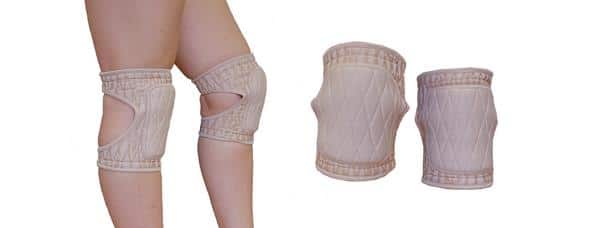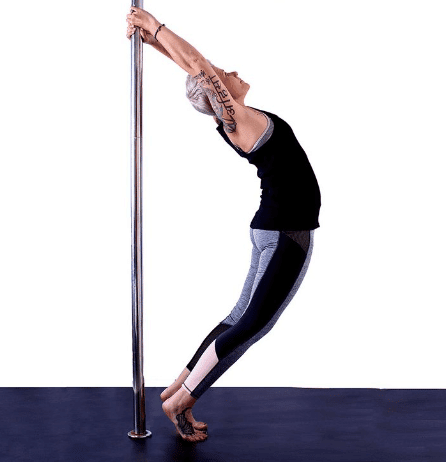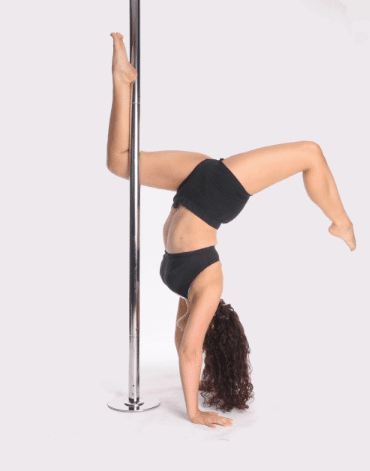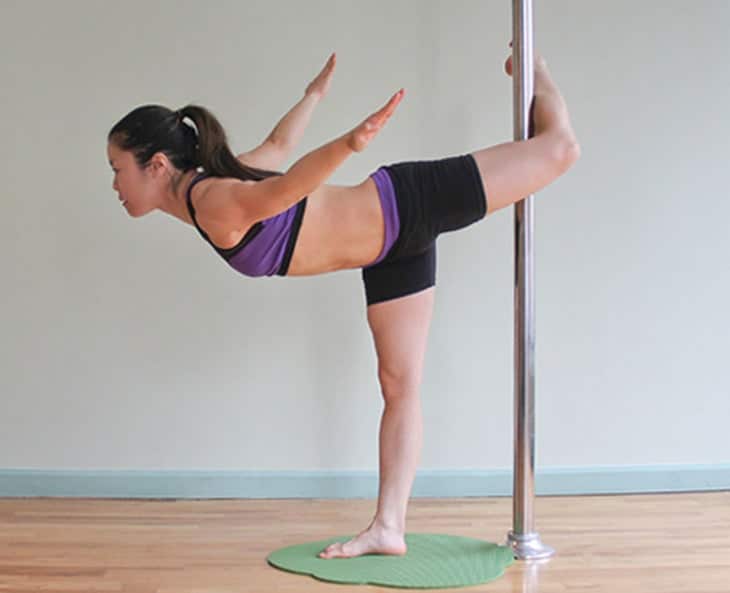What knee injuries are frequently sustained when pole yoga practicing?
- Meniscus injury
When pole yoga dancing or engaging in any physical activity, twisting the knee or performing a leap might cause a torn ligament. You’ll observe that your joints are either “locking up” or that the range of movement in your knee is reduced.
You might not experience any discomfort if you sustain a slight fracture. Your knees would then swell while on a big rupture, and you may experience severe discomfort right away.
- Medially torn collateral ligament or MCL
Among the frequent knee ailments that arise from a pole yoga dancer repeatedly halting, turning or rotating, and rising is a collateral ligament tear. Major MCL rips can involve a stretch of the tissues or complete ligament rupture.
Knee discomfort may start right after and linger for a few hours. Additionally, you might notice that your knee gets unstable and that its movement range is reduced.
- Anteriorly torn cruciate ligament or ACL
ACL or anteriorly torn cruciate ligament can range in severity from tiny rips to complete ligament disruption. ACL tears can occur when you make a quick movement or land a leap. The knees are compelled to twist awkwardly due to this.
When you make a “pop” noise or immediately feel pain and imbalance in both knees, this is a classic symptom of an ACL injury.
- Patellar tendonitis or Jumper’s Knee
Overuse can cause Jumper’s Knee, which is an inflammation and irritation of the ligaments as well as soft tissue. Jumper’s knee, also known as patellar tendonitis, is a common result of jumping exercises.
How do prevent knee pain and knee injury while pole yoga practicing?
The knee joint is helped to be supported and stabilized by the muscles, ligaments, and tendons. You run the risk of quickly injuring your kneecap if one of them weakens. Here are some things you must do to prevent discomfort and damage.
- Maintain Muscle Strength
Strong muscles safeguard your joints by distributing the pressure equally and preserving good bone alignment. Powerful legs, hips, and butts are great for relieving pressure on the knees.
- After the workout, always remember to practice “cooling down” activities.
After each exercise or pole yoga session, stretch your muscles. Give yourself enough time to perform “cool-down” activities so that your joints and muscles have an opportunity to heal.
- When practicing and working on the floor, wear knee protectors.
Kneeling repeatedly on a hard surface might harm the bursae, which serve as a kind of cushion for your ligaments and tendons. Knee protectors are also required, as was previously indicated, particularly if you frequently trip over during rehearsals.
- Keep up proper form
Anytime you exercise, keeping good form entails using the appropriate muscles to minimize additional pressure around your joints.
- Consistently perform “warm-up” practices
Performing a suitable “warm-up” practice before a pole yoga exercise can help lower the chance of knee injury.
How to choose knee pads in pole yoga practice?
- Combining pole and floor work
Choose a set of pole yoga knee pads with having back opening while you are practicing both pole and floor work skills. Your knees would be shielded from any impacts by the padding, and the aperture will enable you to grab the pole with the backside of the knees.
2, Floor work
Knee pads which resemble sleeves without a back hole would be ideal if you are only beginning to learn pole yoga and only doing platform work routines.
What to take into account when selecting dancing knee pads?
- Is wearing it comfortable?
Knee pads used for pole yoga must not be too big or too little. They shouldn’t limit your freedom of movement.
- Is the substance permeable to air?
When using knee pads for a prolonged period, breathable protectors keep your knees without perspiring excessively.
- 3. Does it require little upkeep?
Can it be machine washable or does it need to be done by hand?
You can wear dance knee pads as knee protective equipment while practicing pole yoga practicing. They shield the knees from the force and damage caused by falling onto the floor during practice. Wear your pairs, especially when you’re first starting.
Care instructions while wearing pole yoga knee pads
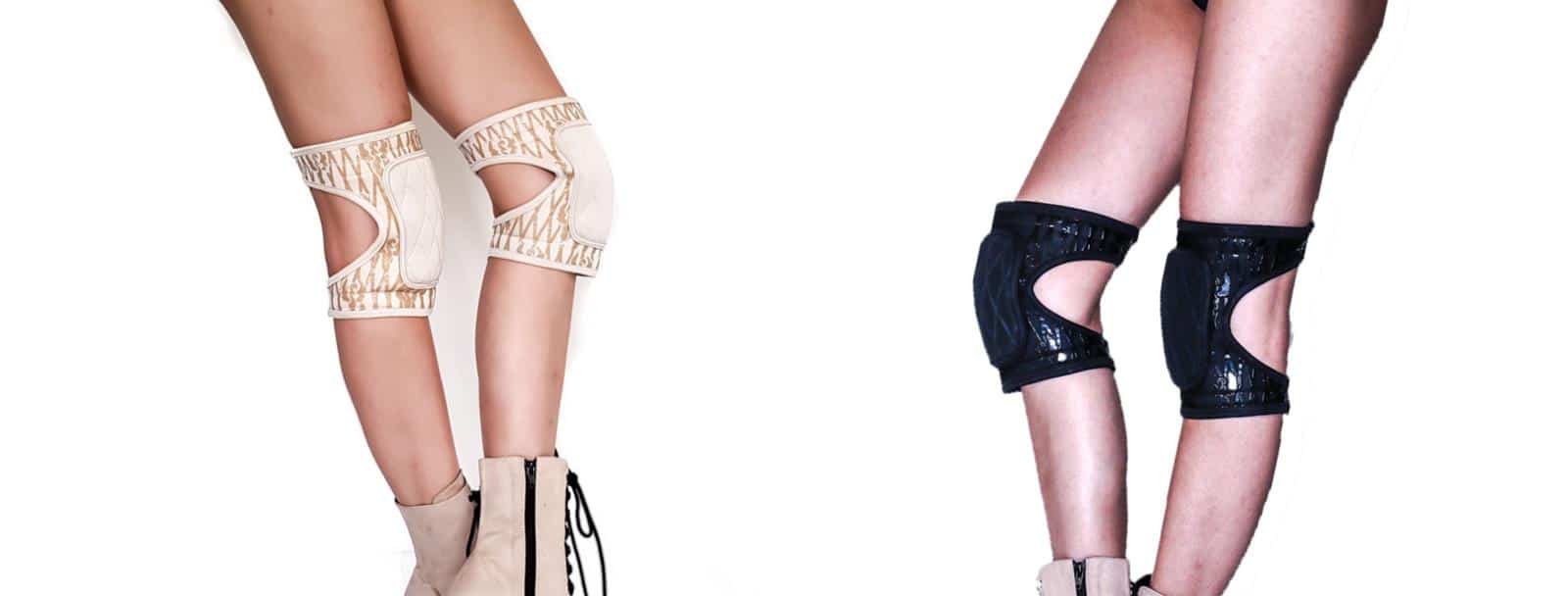
- Your pole yoga accessories help you stay dry by absorbing a little impact from your difficult floor work.
- This implies that they may develop an unpleasant odor with time, but if you take good care of them, they will keep them clean for a very long time.
- When using pole yoga clothing first time, we advise pre-washing everything.
- You should be treating them somewhat carefully because they are constructed of neoprene, which makes it immune to wear and break.

